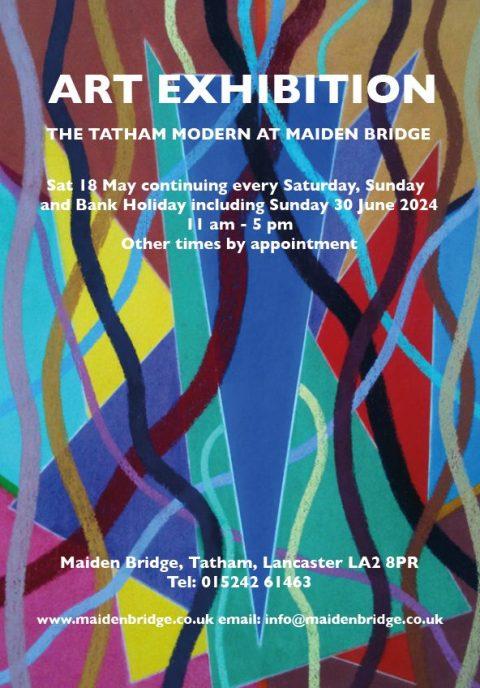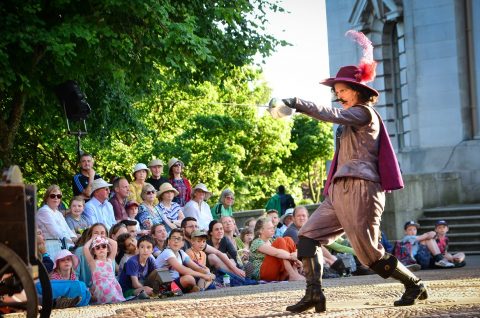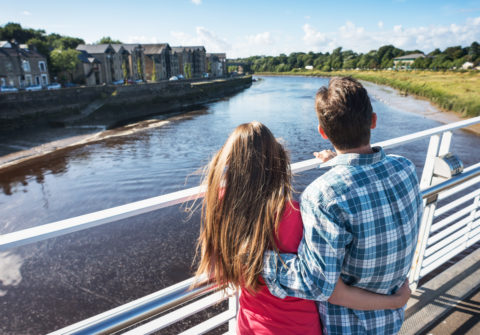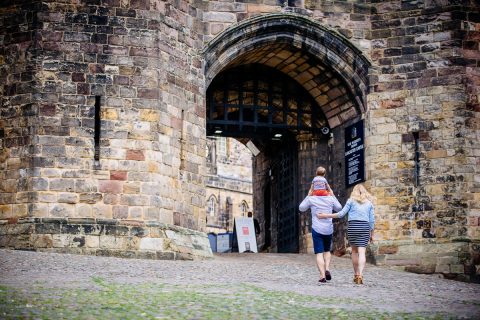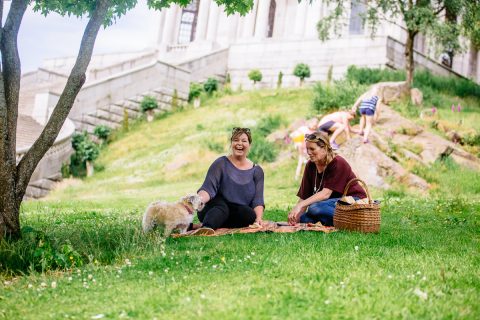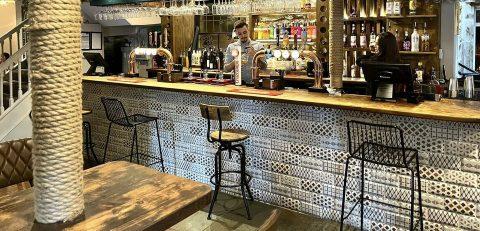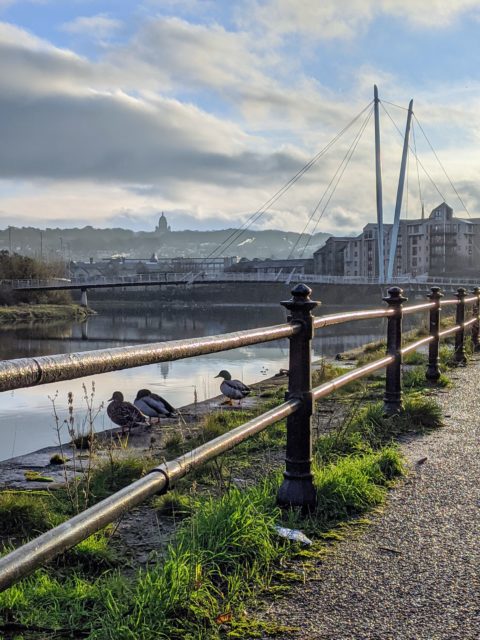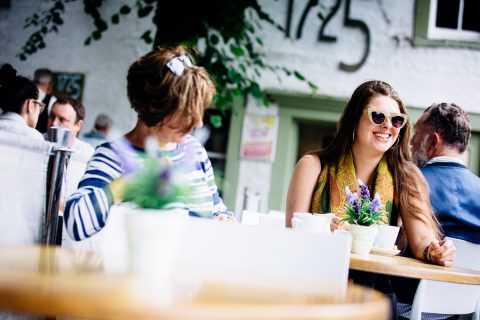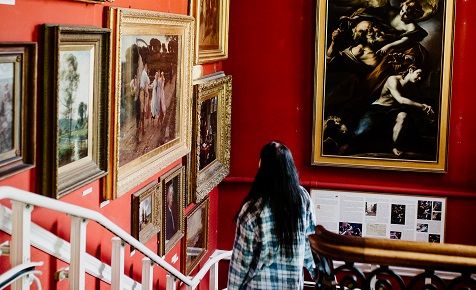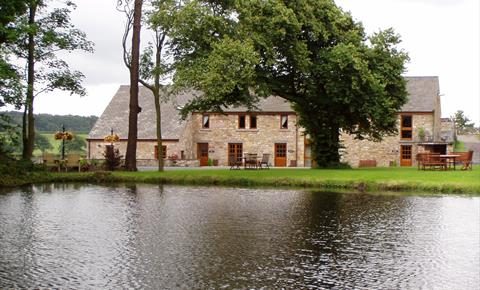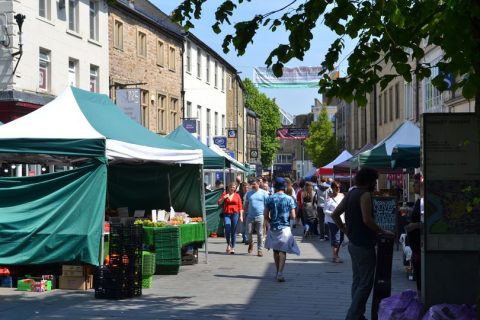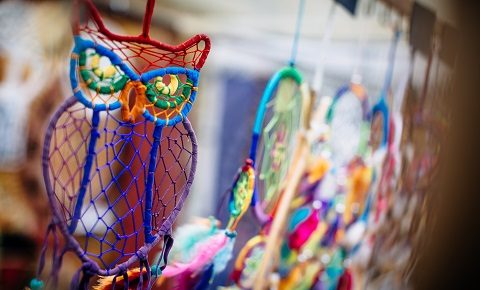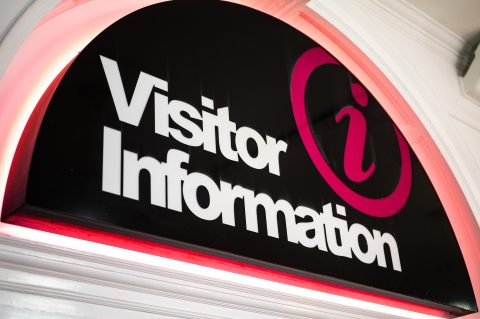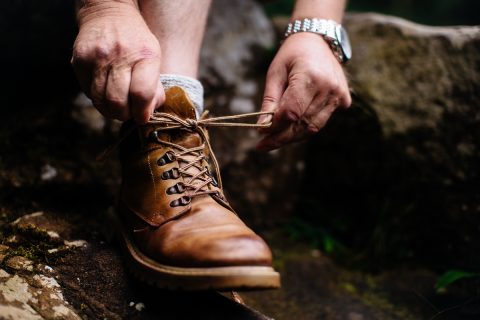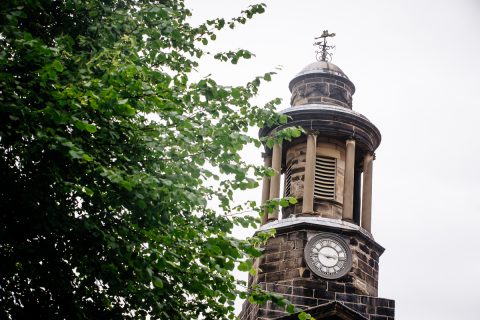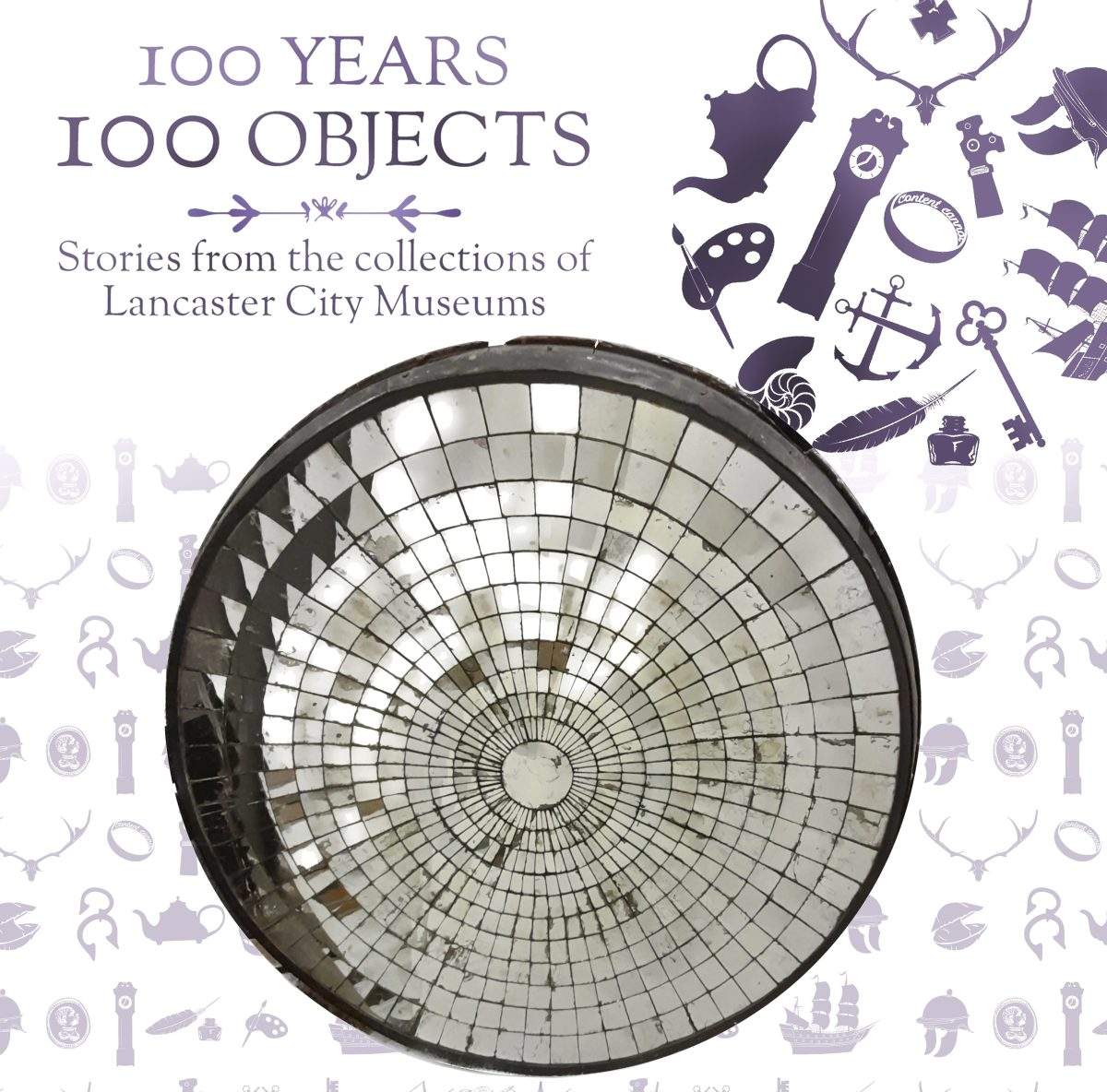Lighthouse Mirror
This beautiful object is a parabolic lighthouse reflector which probably dates from the late 18th or early 19th century. It’s made from a concave metal plate covered in small pieces of mirrored glass. (617 of them to be exact!) It measures almost a metre (3 feet) across.

It was found in the Custom House on St George’s Quay while the building was being used by the Lancaster Amateur Dramatic and Operatic Society (LADOS) between 1944 and 1984. They put the reflector to good use in their theatrical productions and took it with them when they moved to new premises in Dalton Square. The Custom House was then transformed into the brand-new Lancaster Maritime Museum, which first opened its doors to the public in 1985. A few years later LADOS decided to send the mirror home. They donated it to the museum in 1990 and it’s been a part of our collection ever since.
How did the reflector come to be in the Custom House in the first place? We may never know the full story, but it almost certainly came from one of the local lighthouses maintained by Lancaster Port Commission, which also owned the Custom House. These lighthouses included, at various times:
- Plover Scar and Cockersands Abbey – a pair of lighthouses at the mouth of the River Lune.
- Walney Island Lighthouse, on the far side of Morecambe Bay.
- Several harbour lights at Morecambe, Heysham and Glasson Dock.
Walney Lighthouse is the most likely origin of our mirror, since we know it used reflectors of just this size and design.
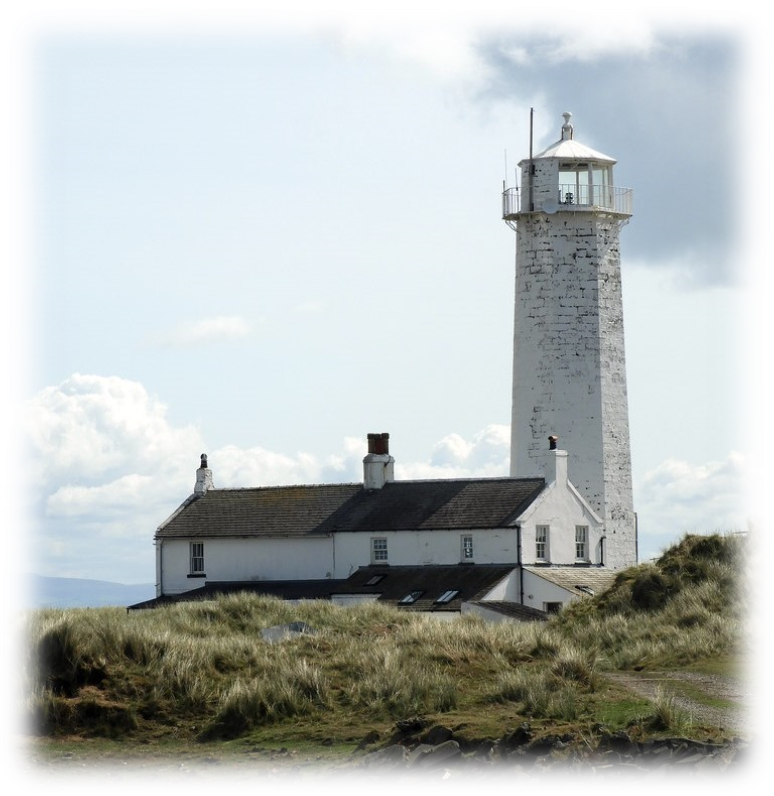
Walney Lighhouse – the 1803 stone tower with two keepers’ cottages alongside.
Photo by Reading Tom, reproduced with a CC by 2.0 licence.
The Walney Island Lighthouse was one of Lancaster Port Commission’s earliest major projects, intended to guide ships across Morecambe Bay towards the mouth of the River Lune. The first tower was built from timber in 1790 and had a fixed light. The following year it was improved by adding a rotating mechanism with three reflectors fixed to a clockwork driven shaft. This was powered by a weight which slowly descended through the inside of the tower. Each reflector had its own oil lamp set at the focal point just in front of the centre of the mirror. A full rotation took a quarter of an hour, so passing ships would see a flashing light every five minutes.
The original timber lighthouse burnt down in 1803 but was quickly replaced with a stone building. The design of the light itself didn’t change until 1820, when the three glass-faceted reflectors were replaced with a new set of four made from silver-plated copper.
Our reflector could well be one of those used at Walney during its first three decades, or it may have come from another lighthouse of similar design. If anyone has further information on its history, we’d love to hear from you! Email us at lancastermaritimemuseum@lancaster.gov.uk
How does it work?
An ordinary light source such as an oil lamp sends out light in all directions. The further away you get, the more it’s spread out, so the light looks very faint from a distance.
A parabolic reflector is shaped to reflect as much as possible of the light from a lamp into a beam traveling in a single direction. This can be seen from much further away.
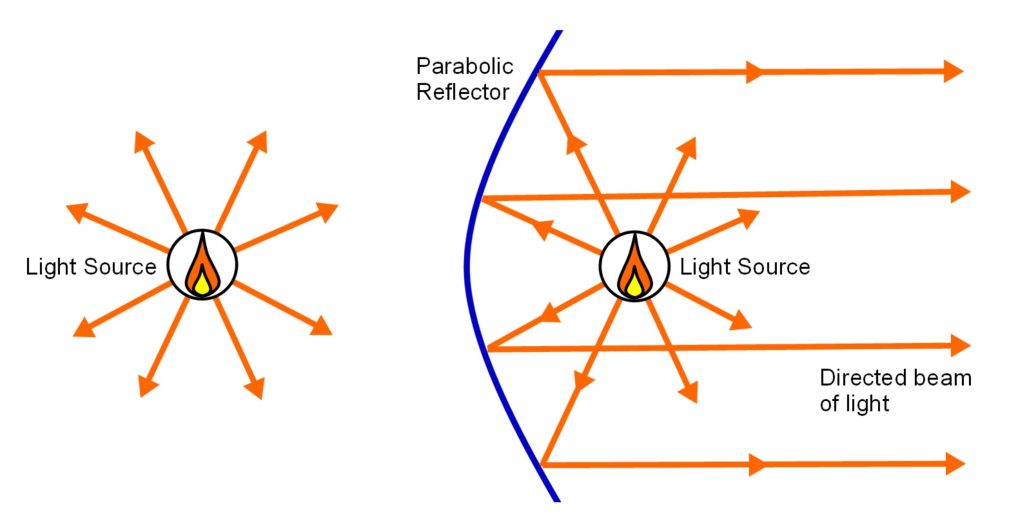
The design of our parabolic reflector is similar to some of the very first that were ever produced. These were created by Liverpool Dockmaster William Hutchinson, who began experimenting with the idea at Bidston Signals Station in 1763. He installed his new reflectors in the Wirral lighthouses, and in 1777 described them in his book ‘A Treatise on Practical Seamanship’:
‘These reflectors are made, as near as can be, to the parabolic curve … We have made, and in use here, at Liverpool, reflectors of one, two, and three feet focus; and three, five and a half, seven and a half, and twelve feet diameter; the three smallest being made of tin plates, soldered together; and the largest of wood, covered with plates of looking glass’.
Hutchinson’s lights were hugely successful and could be seen from up to ten miles away. Other lighthouse designers followed suit, and parabolic reflectors soon became the standard.
Parabolic mirrors: saving lives at sea since 1763!
This Pathe News report from 1948 shows how the lights at Cockersands and Plover Scar were lit and maintained. They have polished metal reflectors rather than glass-facet mirrors like ours, but they work in the same way.
References & Further Reading
Reflectors by Thomas Tag – a useful guide to the history and design of lighthouse reflectors.
The Walney Lighthouse – an article on its history from Glasson Sailing Club.
http://www.naimad.co.uk/jmswarbrick/michael/glassonsc/oldstuff/walneylight.htm
100 Years of LADOS – the history of the Lancaster Amateur Dramatic and Operatic Society.
https://www.lados.org.uk/history/part1/100YearsofLADOSfrom1891/
The Lighthouse Keepers – another article on this website looking at the work of Beatrice Parkinson (in the film above) and other female lighthouse keepers in Morecambe Bay.

